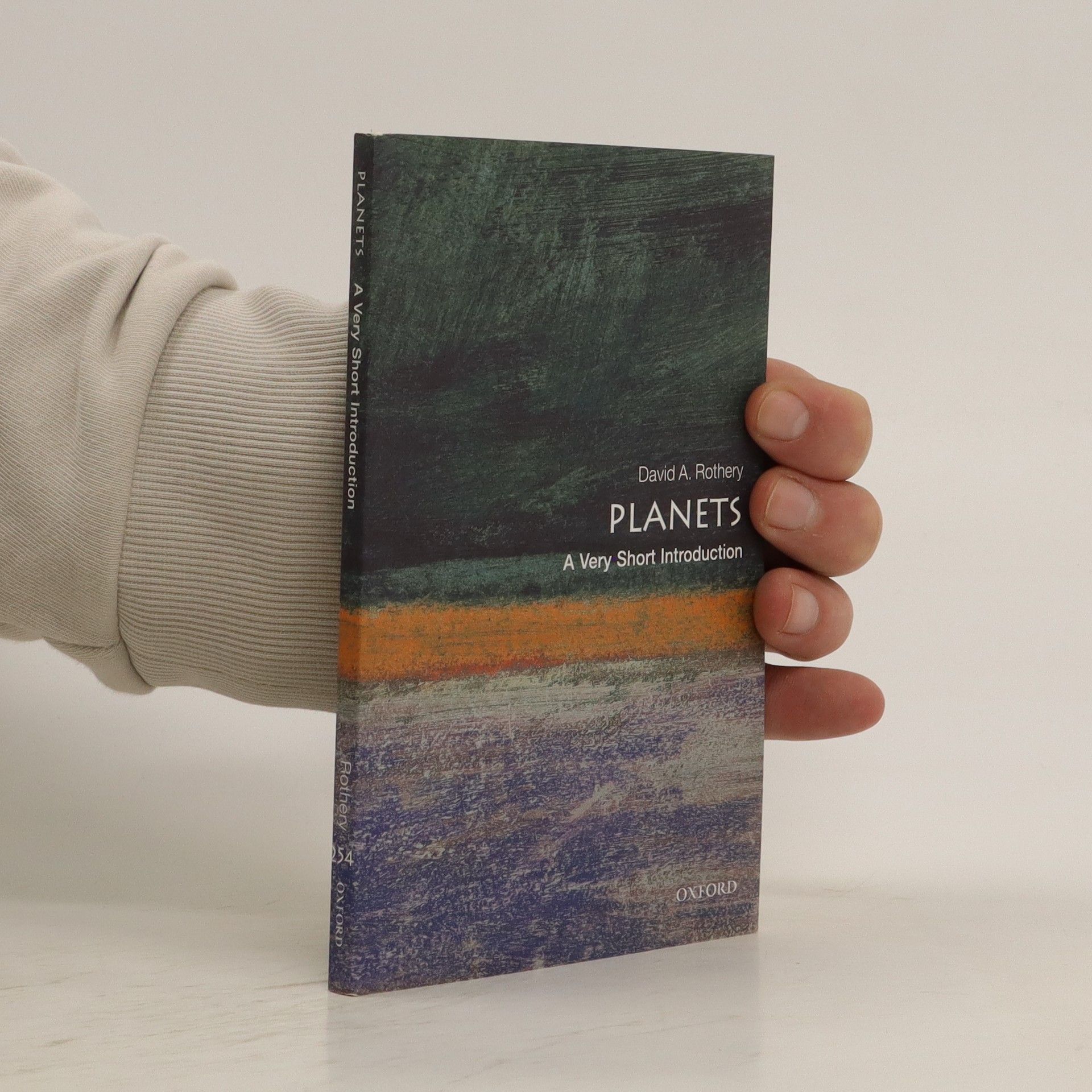This Very Short Introduction discusses the nature of planets and gas giants, and their rings and moons. It also looks beyond Pluto, in the Kuiper Belt, at the knowledge we have about planets around other stars. With many striking photos to illustrate the details, it demonstrates the unique world of every planet.
David A. Rothery Livres
David Rothery est Professeur de Géosciences Planétaires. Ses recherches explorent la géologie et les processus qui façonnent d'autres planètes et lunes de notre système solaire. Il s'efforce de rendre les concepts scientifiques complexes accessibles à un public plus large par son écriture. Son travail offre un regard captivant sur le cosmos et notre place en son sein.


A core introduction to geology and the structure of the earth.